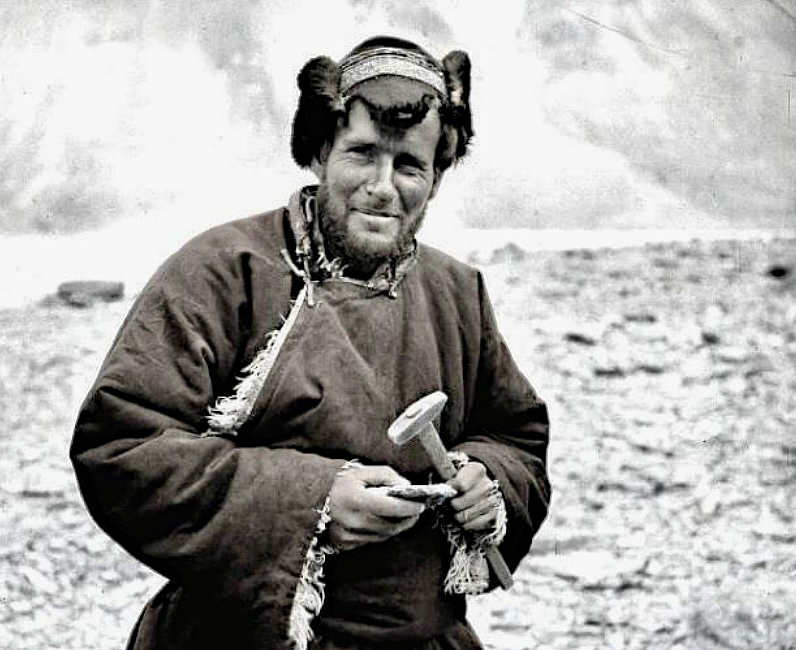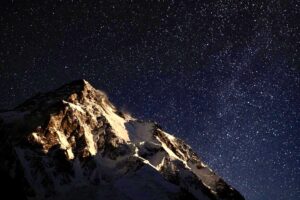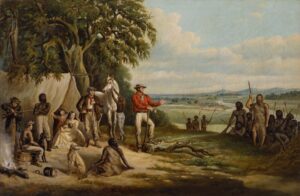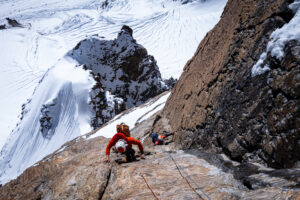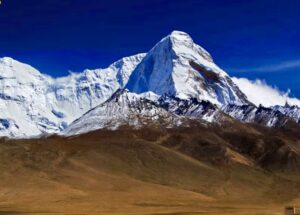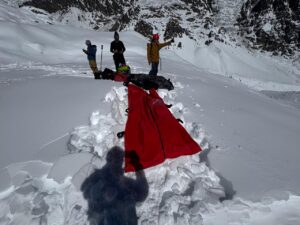One hundred and fourteen years ago today, in 1910, the great Swiss geologist and explorer Augusto Gansser was born. Sometimes known as Baba Himalaya (Father of the Himalaya), his explorations led to new insights into the origins of that great mountain range.
Born in Milan to Swiss parents from Lugano, Gansser studied geology at the University of Zurich. When he was a young boy, he found a large crystal of quartz that mesmerized him. This was the beginning of his lifelong passion for geology.
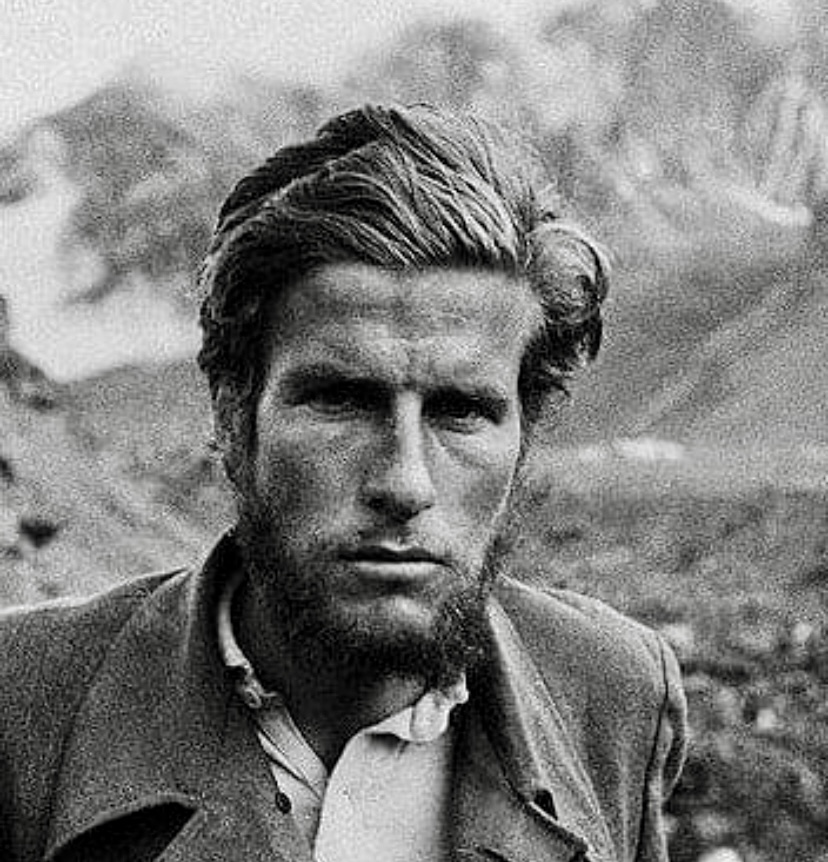
Augusto Gansser. Photo: Augusto Gansser
In 1934, on a journey to East Greenland, his ship became stuck in the ice for several weeks. To pass that time, he and Eugen Wegmann made the first ascent of a beautiful 2,194m nearby mountain that he called Mount Lugano.
In 1936, the Swiss Scientific Society backed a three-man Himalayan Expedition. It included geologist Arnold Heim, his student Augusto Gansser, and mountaineer Werner Weckert. After Weckert came down with appendicitis, Heim and Gansser continued to explore the Api Glacier and other little-known sights in the region on skis.
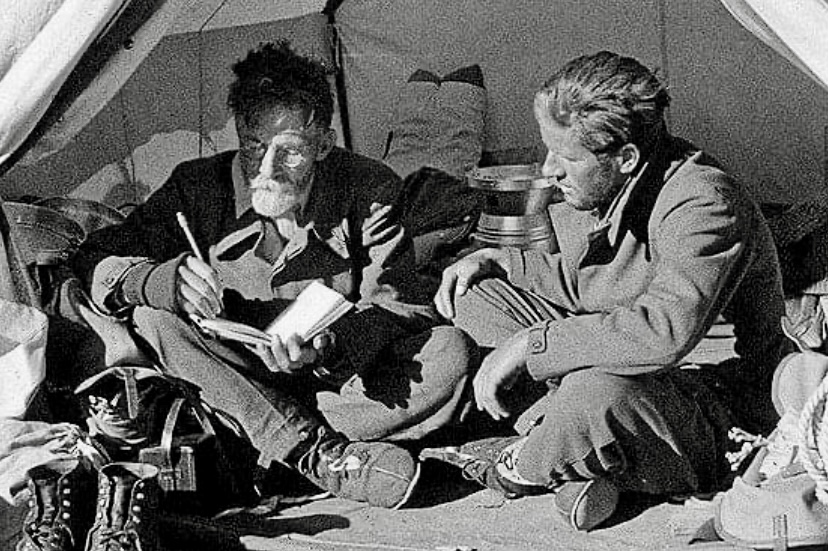
Augusto Gansser, right, with Professor Arnold Heim during the 1936 Himalayan expedition. Photo: Augusto Gansser
Enters forbidden Tibet
Later on that expedition, Gansser decided to head to Mount Kailash — then as now, a holy mountain — with two Tibetans and a Sherpa. Heim stayed in Nepal but asked Gansser to sign a document saying that he alone was responsible for any problems that could emerge. At the time, foreigners could not cross into Tibet. The blue-eyed Gansser avoided showing his face at government checkpoints by lowering his head and murmuring Buddhist texts.
Gansser and his companions entered Tibet at Mangshang La, with Gansser disguised as a Buddhist pilgrim. The obsessed geologist wanted to collect rock samples in the area.
”I was able to hide a lot of things under my red sheepskin cloak, such as a geologist’s hammer, camera, sketchbooks, and a compass,” he wrote.
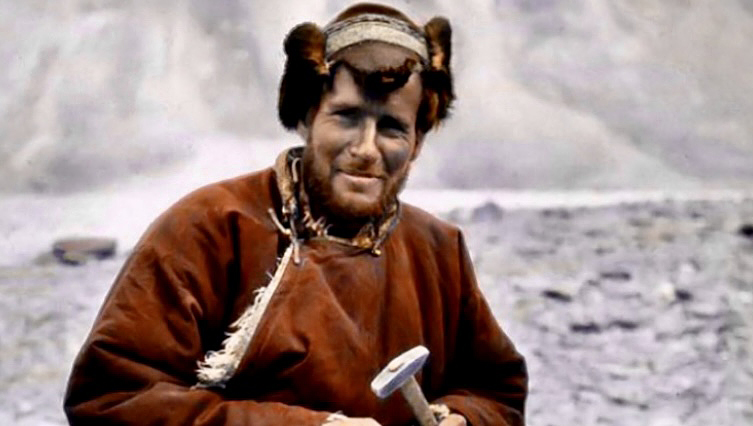
Augusto Gansser as a Buddhist pilgrim. Photo: Augusto Gansser
Ruse discovered
The lamas eventually realized that he was not a real monk. Despite this, he was finally welcomed by the Dalai Lama. “[He gave] me a bag of small pills to rid me of all bad luck,” Gansser later recalled.
Years later, as an old man, Gansser remained grateful for the Tibetan ruler’s gift. “It seems that they have worked really well,” he said.
Gansser was among the first to explore the geology of the Himalaya and study the Tibetan plateau. He also discovered the junction between the Indian and Asian tectonic plates.
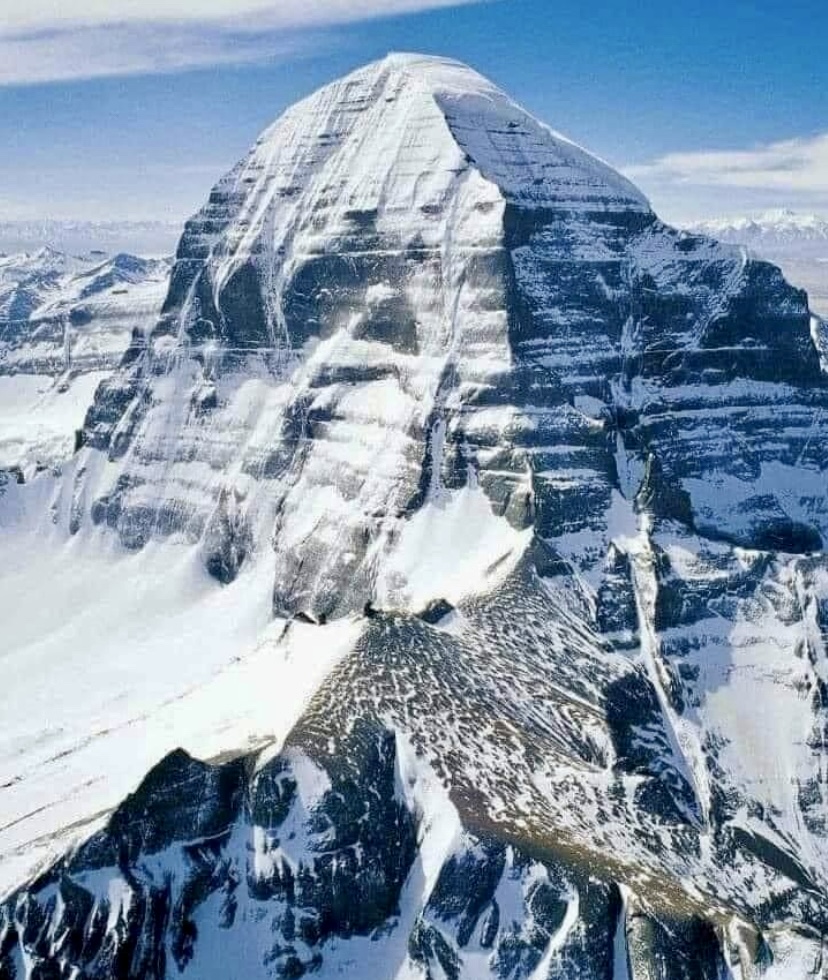
Mount Kailash, Tibet. Photo: Mark West
After that initial journey, Gansser married Linda Biaggi and had two sons and four daughters.
Petroleum geologist
During World War II, the Ganssers lived in Colombia. Gansser worked for Shell, seeking out oil reserves. In 1939, he journeyed to Sierra Nevada del Cocuy, the second-most important range in Colombia. There, he and his wife, whom he called Toti, made the first ascent of the 5,200m Pico Concavo and a 4,800m peak that he later named Toti.
Between 1947 and 1949, Gansser and his family lived in Trinidad, where he worked again for Shell. Between 1950 and 1957, he worked for an Iranian Oil Company.
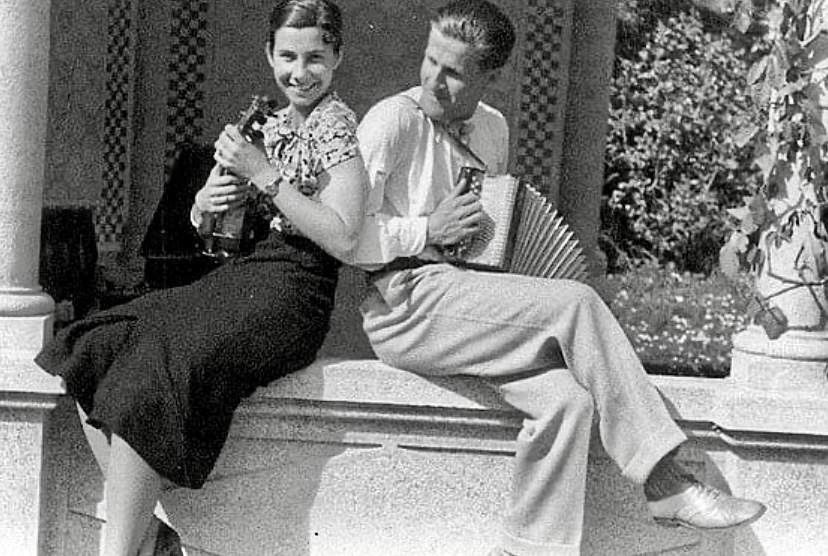
Augusto Gansser and his wife. Photo: Augusto Gansser
For the next 20 years, until 1977, he taught in Zurich while continuing to travel and research in Ladakh, Nepal, Bhutan, the Arctic, the Urals, Afghanistan, Patagonia, and Antarctica.
His several expeditions to Bhutan between 1963 and 1977 were particularly important. He became the first to map that isolated Asian kingdom. He also named Bhutan’s highest peak, Kangkar Punzum. It remains the highest unclimbed mountain in the world.
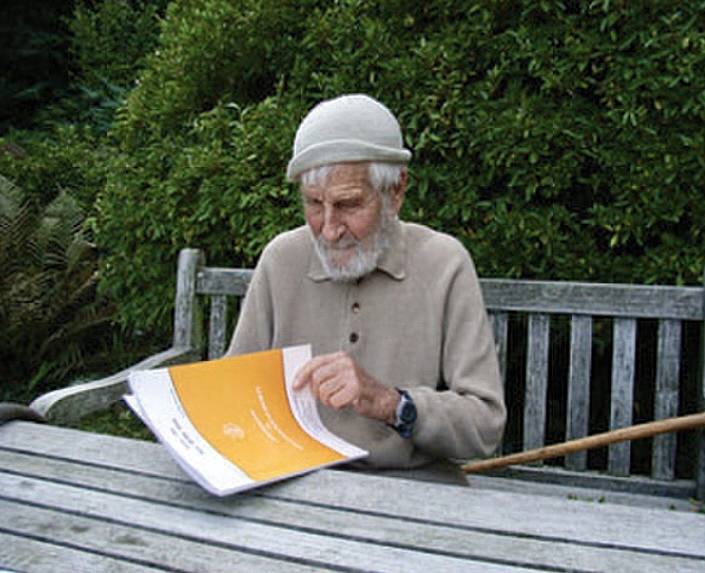
Augusto Gansser in 2007. Photo: Augusto Sidler
Gansser said that when he died, he didn’t want his death marked with flowers but rather a geologist’s hammer. And in fact, when he passed on in 2012 at the age of 101, Gansser was cremated in Lugano with his hammer.
Below, a documentary of his life, as told (with English subtitles) by Gansser himself.
